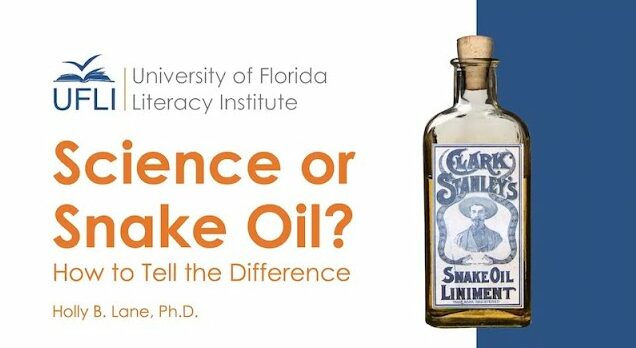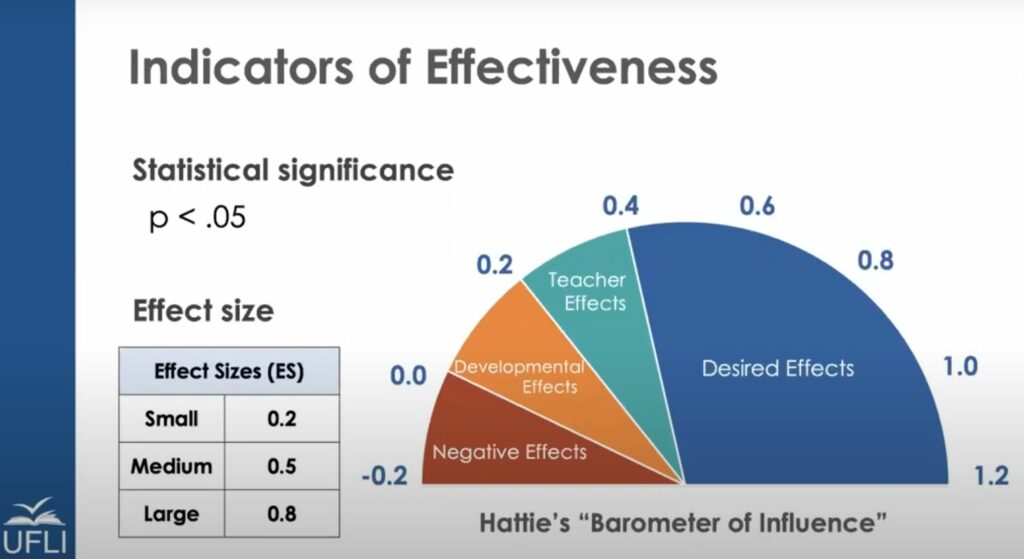Educators engage in professional learning.
As an educator, it’s vital to recognize the importance of education not only for the students that I teach, but also within my practice of teaching.
For an overview of resources that have contributed to my professional growth, please click the button below:
For EDUC 397: Curriculum and Instruction in the Humanities, a component of the course work was completing 3 hours of professional development related to literacy and to reflect on it. The act of reflection is important and soidifies learning through retrival. The reflection can be found below:

As educators develop and refine personal philosophies of education, teaching and learning, it’s essential that those philosophies are informed by research. Dr. Holly B. Lane provides a clear break down on how to interpret the quality of research evidence in Science or Snake Oil? How to Tell the Difference. The hour-long video (linked below) explains the hierarchy of quality of research evidence. The lowest strength of evidence is anecdotal evidence, evidence based on an individual’s observations, and the highest strength evidence is meta-analysis, studies that take the data from a bunch of different studies and compile them into one larger analysis. Another thing to consider when developing one’s teaching practice is the effectiveness of a program or practice in question. Studies will show an indicator of effectiveness based on Hattie’s barometer of influence. Students will naturally learn as they develop, so a program that shows an effect of 0.0 to 0.2 is not teaching students beyond how they would naturally develop. A strong program has an effect size of 0.4 to 1.2, as shown in the image below.

Something Dr. Lane explains is that strong evidence does not equate to a strong program. A study may use a high strength evidence method but still show a low effect size. The quality of the study does not represent the quality of the program.
It’s important for educators to understand how to interpret research because the diffusion of research is slow. This means teachers are often left to fend for themselves when deciding if a new teaching trend is good or not.
Watch the video here:
Published:
Last Modified:
